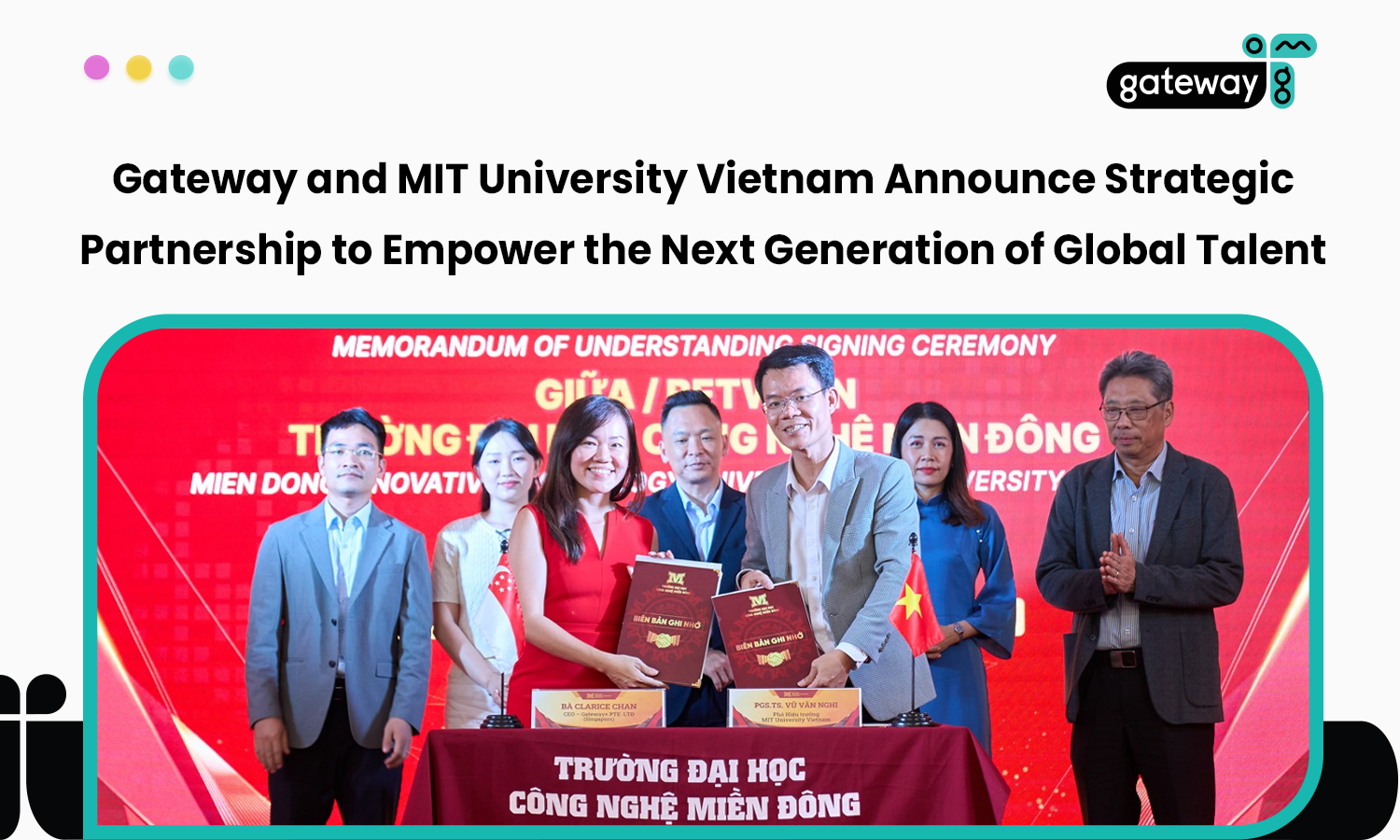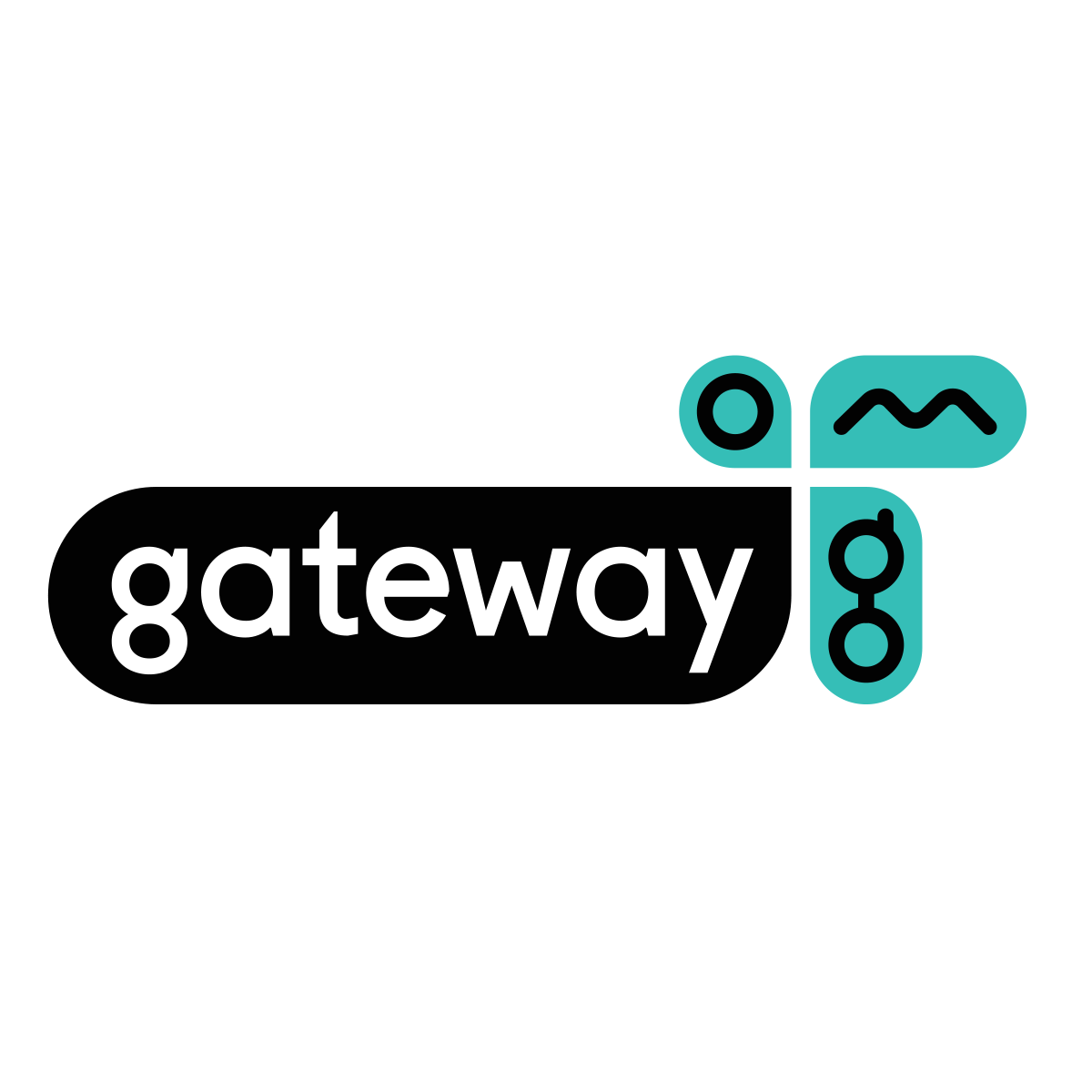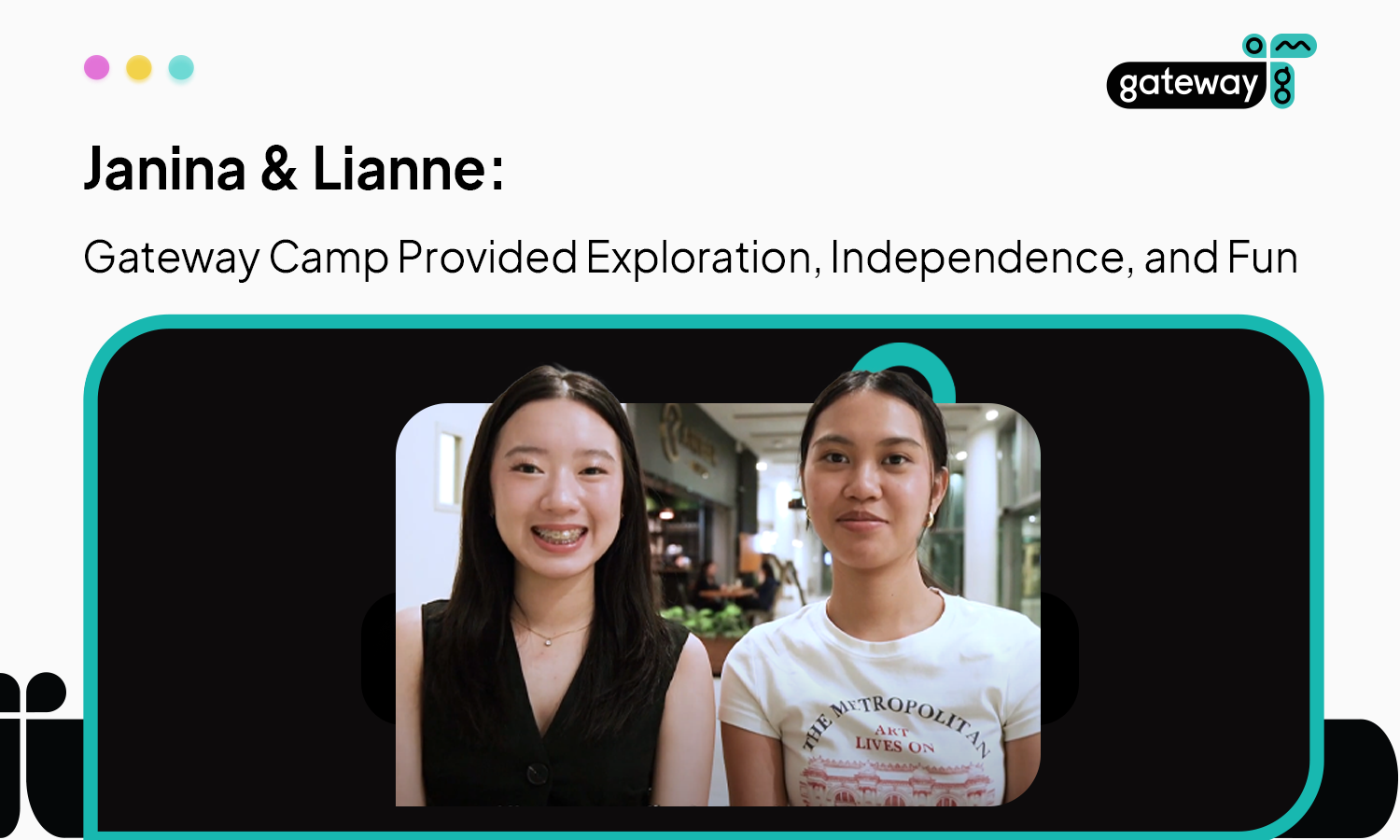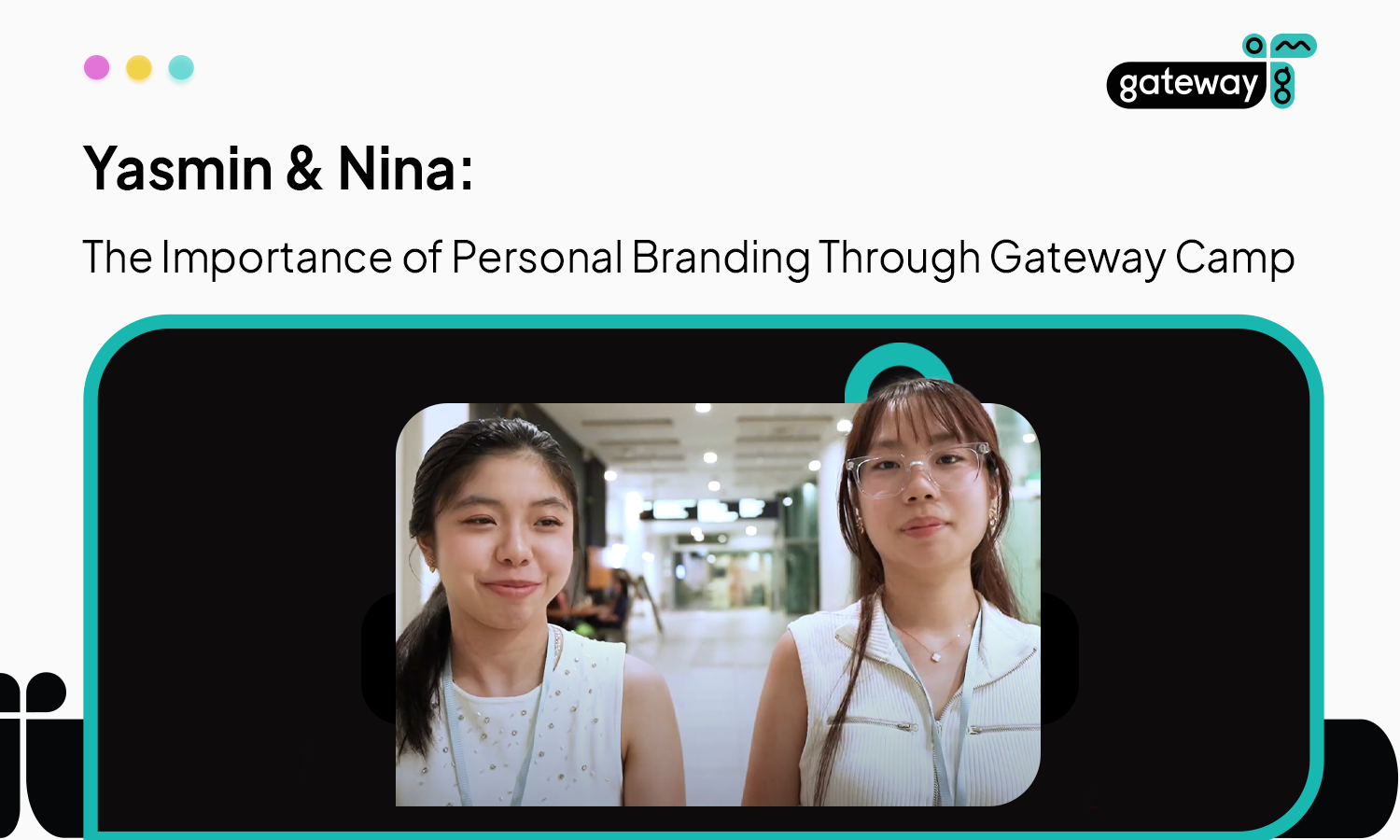Proponents of large-scale learning often hold technological innovations in education in high regard, convinced that technology can disrupt traditional approaches to learning for the better. While technology does have a crucial role to play in the future of learning, the successful integration of technology is so much more than the next shiny app or new platform.
The variety of learning opportunities available to students has increased thanks to the availability of open online courses and virtual classrooms. Additionally, there are cutting-edge resources available to support improved student engagement and classroom management. New developments in educational technology have the potential to completely change how students learn, boost their performance, and make learning more interactive, enjoyable, and accessible.
The failure of virtually all technological developments in educational technology, however, can be attributed to an overreliance on technology without care for its implementation. To mention a few: Massive Open Online Courses (MOOCs) that are completely free, as well as online tutoring marketplaces and charter schools. These initiatives made erroneous, lofty promises about the contribution of technology that were overstated. It is not surprising that they quickly produced poor results and were found to be unsustainable.
Controversial low quality content, the “virtual marketplace’s” obsolescence, poor implementation, and excessive advertising with underperformance are all factors that point to their demise. One fatal flaw shared by all the tech flops was using a one-size-fits-all strategy when outlining their designs. It should go without saying that the users must come first in the development of these edtech startups and that technology should be used to the users’ advantage.
Prior to anything else, it is crucial that the information intended to replace or supplement what is learned in actual classrooms is well-researched and trustworthy. Gateway+ is concerned with making sure that engaging with the content will adequately prepare students for their applications and exams. Only after that does the content develop into formats that appeal to all types of users. Real learning happens when instructional design embraces the many dimensions of a learner—a human being (mental, physical, emotional).
Gateway+ has a deep understanding of the nuances of blended learning thanks to its partnership with ICON+, a company that has been operating for more than 20 years. Additionally, it considers all of the failure points that have been identified over the course of these 20 years of experience. More significantly, all technological features have a human touch at their core. If history is any indication, absolute reliance on technology for everything is a recipe for failure.



